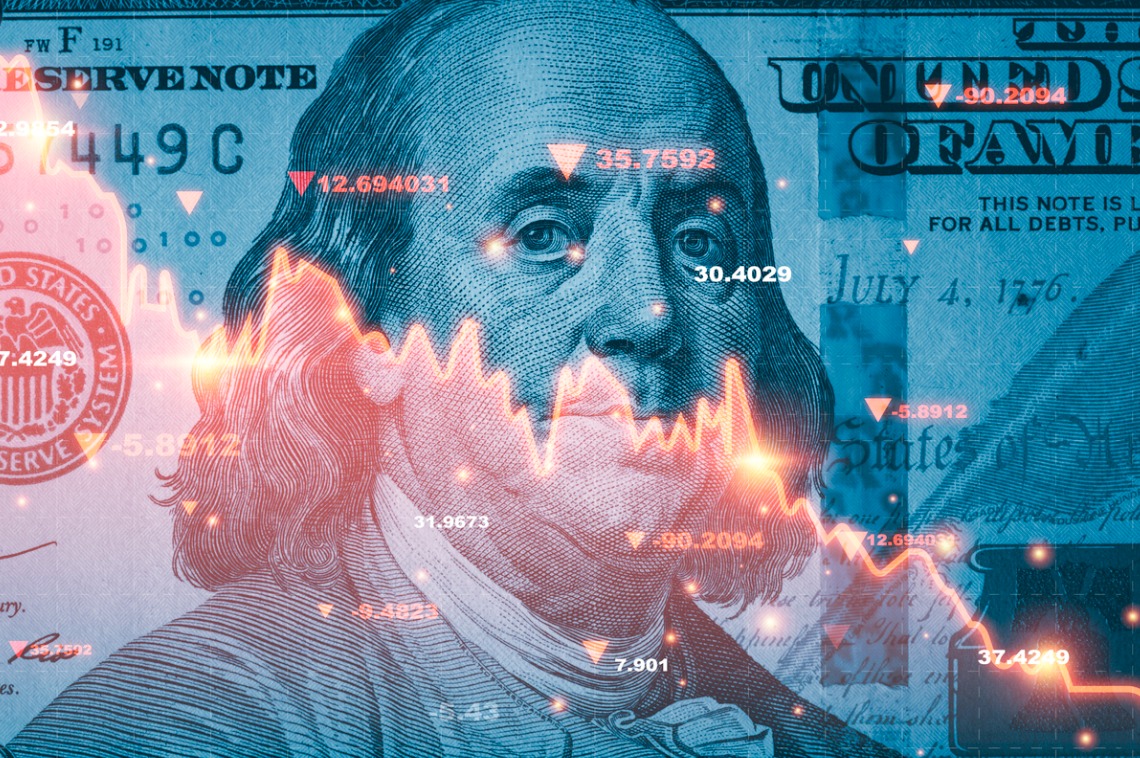Despite some better economic signs—such as the latest Consumer Price Index seeing the smallest annual increase since February 2021—non-profit research firm The Conference Board’s forward-looking measure of the economy, Leading Economic Index (LEI), has continued to decline for the seventh straight month.
The LEI fell 0.5% in September to 99.7, following a 0.3% decline in August and declines in July, June, May, April and March. The index is down 2.6% over the six-month period between March and September 2024—up from the 2.2% decline over the previous six-month period (September 2023 to March 2024).
“Weakness in factory new orders continued to be a major drag on the U.S. LEI in September as the global manufacturing slump persists,” said Justyna Zabinska-La Monica, senior manager of Business Cycle Indicators at The Conference Board. “Additionally, the yield curve remained inverted, building permits declined and consumers’ outlook for future business conditions was tepid.”
Zabinska-La Monica explained that any gains seen among other LEI components “were not significant enough to offset weakness among the four gauges mentioned above.”
The 10 components of the Leading Economic Index for the U.S. are:
- Average weekly hours in manufacturing
- Average weekly initial claims for unemployment insurance
- Manufacturers’ new orders for consumer goods and materials
- ISM Index of New Orders
- Manufacturers’ new orders for nondefense capital goods excluding aircraft orders
- Building permits for new private housing units
- S&P 500 Index of Stock Prices
- Leading Credit Index
- Interest rate spread (10-year Treasury bonds less federal funds rate)
- Average consumer expectations for business conditions
The Conference Board Coincident Economic Index® (CEI), which provides a more current snapshot of the economy, rose slightly (0.1%) to 112.9, after a downwardly revised 0.2% increase in August. The CEI increased by 0.9% in the six-month period ending September 2024, higher than its 0.5% growth rate over the previous six-month period.
The Coincident Economic Index’s indicators of payroll employment, personal income less transfer payments and manufacturing and trade sales contributed positively to the index in September, and offset a decline in the indicator of industrial production. These indicators are included among the data used to determine recessions in the U.S.
The Conference Board Lagging Economic Index® (LAG) declined by 0.3% to 118.9 (2016=100), following no change in August. The LAG fell 0.2% over the six-month period ending in September 2024, after a 1.1% increase over the previous six-month period.
“Overall, the LEI continued to signal uncertainty for economic activity ahead and is consistent with The Conference Board expectation for moderate growth at the close of 2024 and into early 2025,” concluded Zabinska-La Monica.
For the full report, click here.

